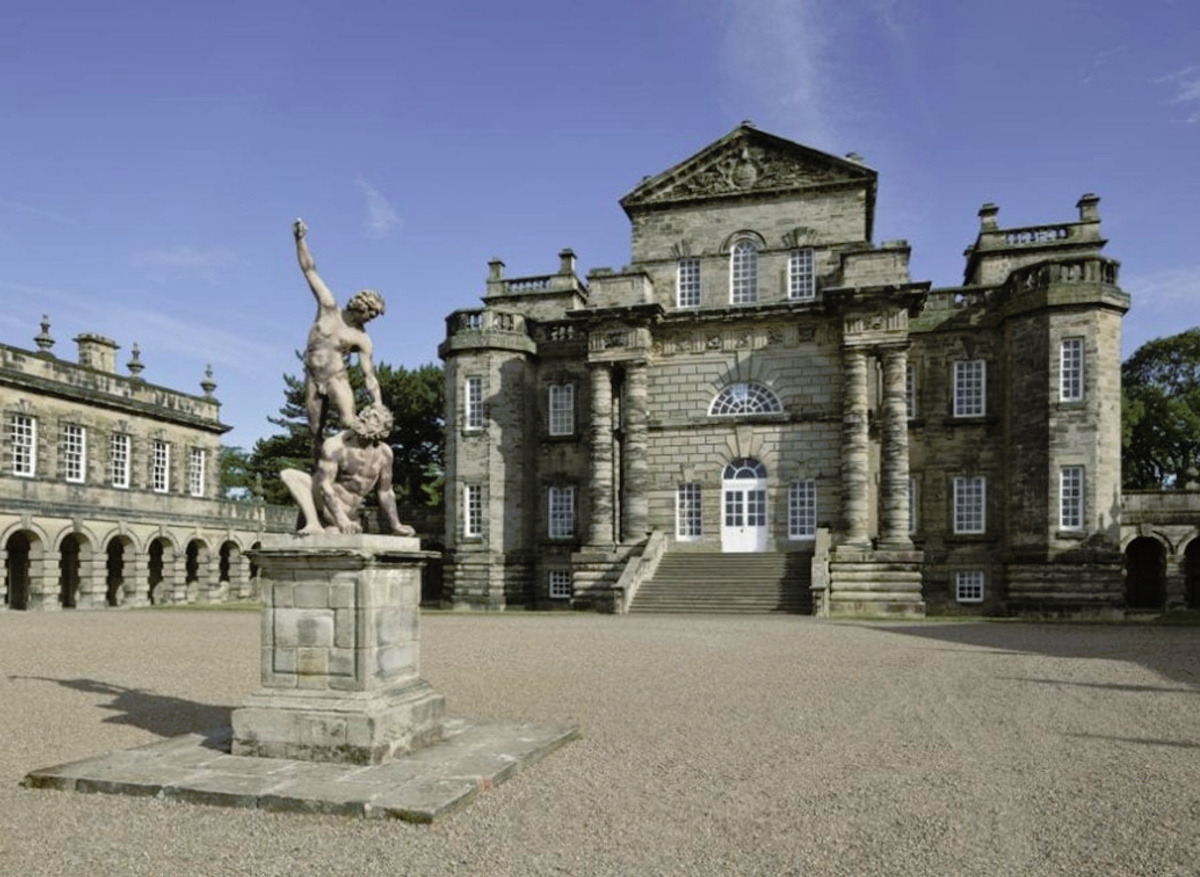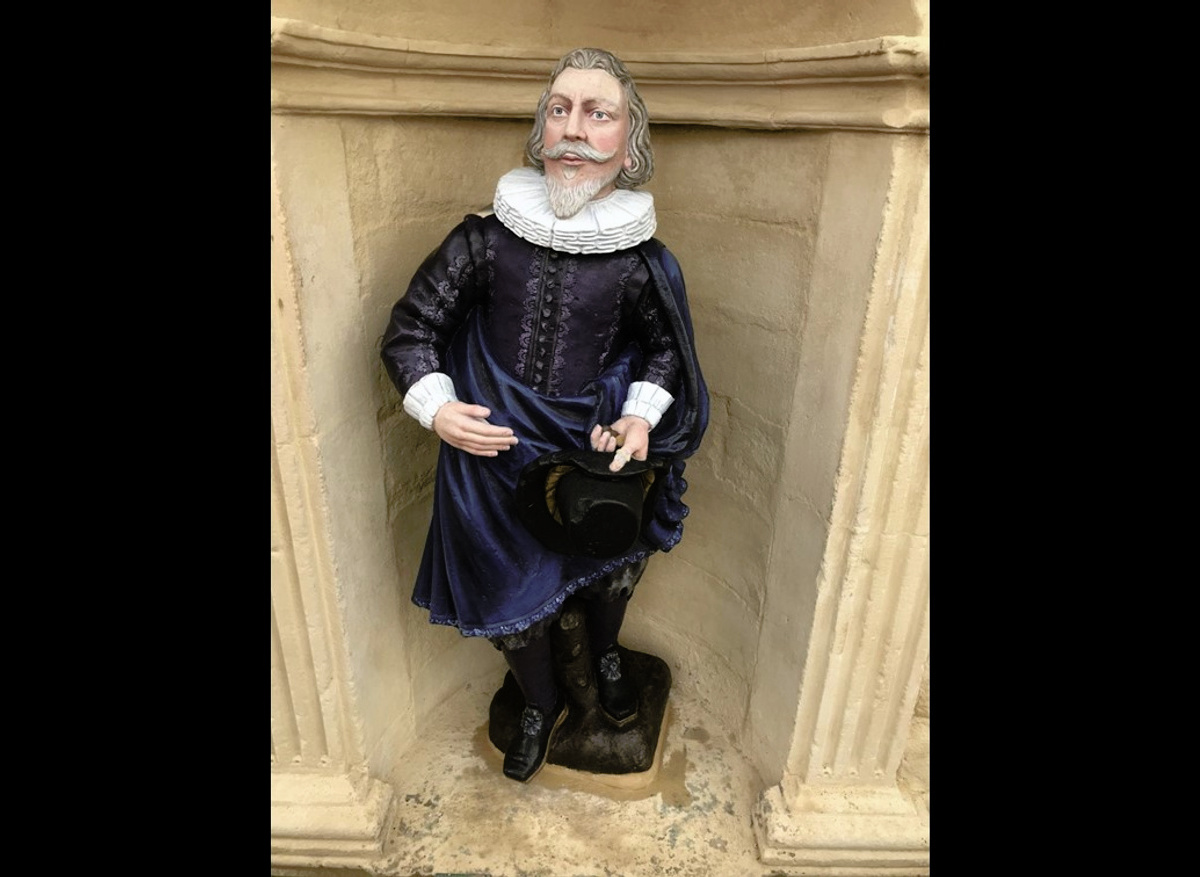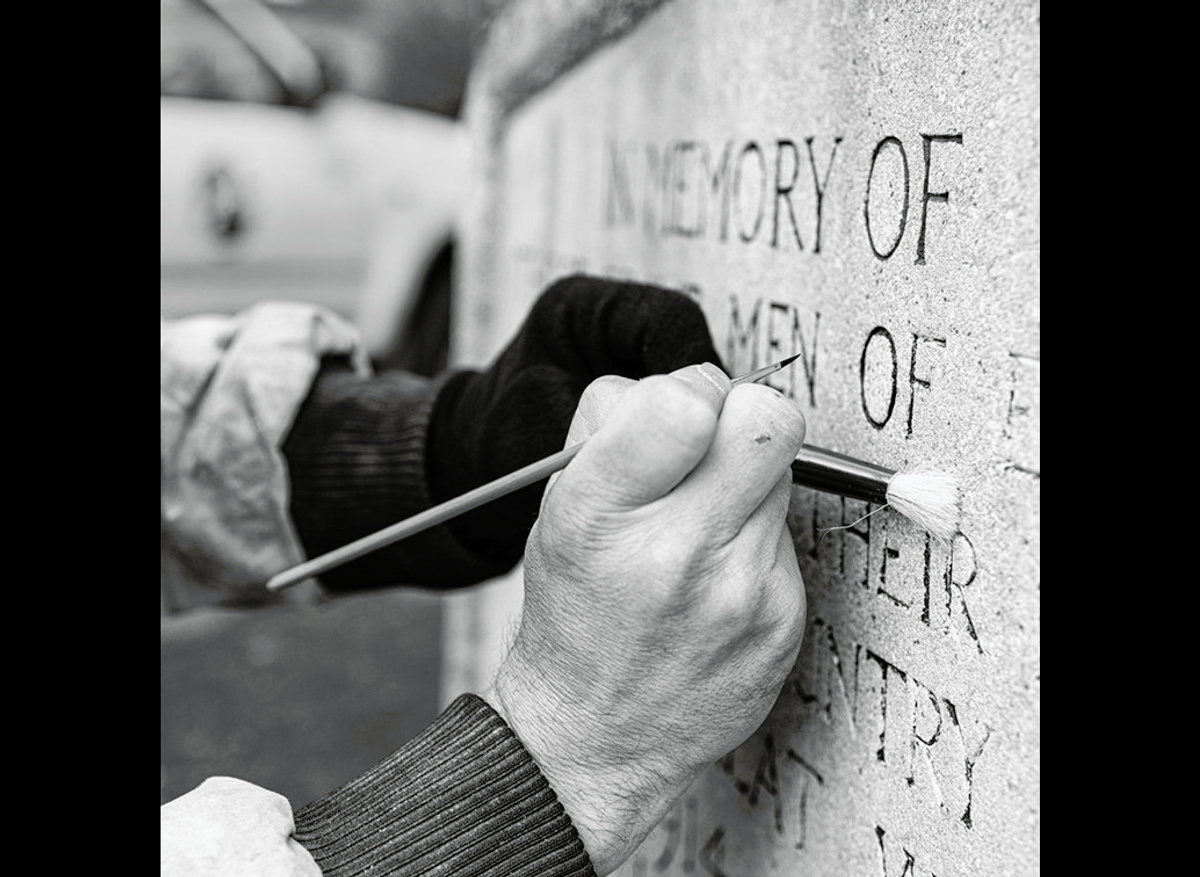Founded in 1990 by Graciela Ainsworth, our practice began in a repurposed metal workshop in Scotland and has since grown into one of the UK’s leading sculpture conservation studios. Over the past three decades, Graciela Ainsworth Sculpture Conservation has built a reputation for excellence, combining hands-on expertise with a deep respect for historical materials and techniques.
In 2014, the company became a limited business, with long-standing team member Iain Fox—who joined in 1996—becoming co-Director. Today, our dedicated team of conservators, many of whom have been with the company for over 20 years, continues to grow in experience, undertaking diverse conservation projects across the UK. Former team members have gone on to work with institutions such as the V&A, British Museum, NMS, and Historic Environment Scotland.
We are proud to have contributed to award-winning projects, including the Hampton Court Palace conservation, which received a Civic Trust Conservation Commendation in 2017. Our consultants include architect W.R. Ainsworth OBE and Dr Jonathan Kemp, who has worked with the practice since 1992.
Graciela herself balances conservation with her own sculpture commissions, notably sculpting one of the first female busts for the National Wallace Monument. She continues to share her expertise widely, delivering lectures, training, and consultancy work in the UK and internationally, including recent training in India for the conservation of the Kolkata Scottish Graveyard.



